Bazin Fabric: Unraveling the Timeless Elegance
In the world of textiles, certain fabrics possess a unique charm that transcends time, captivating hearts and standing the test of changing fashion trends. One such fabric that boasts an exceptional blend of history, culture, and elegance is Bazin fabric. Originating from West Africa, Bazin fabric has graced the wardrobes of generations and continues to be a symbol of pride and identity for many. In this blog post, we will delve into the fascinating world of Bazin fabric, exploring its history, characteristics, and significance in the modern world.
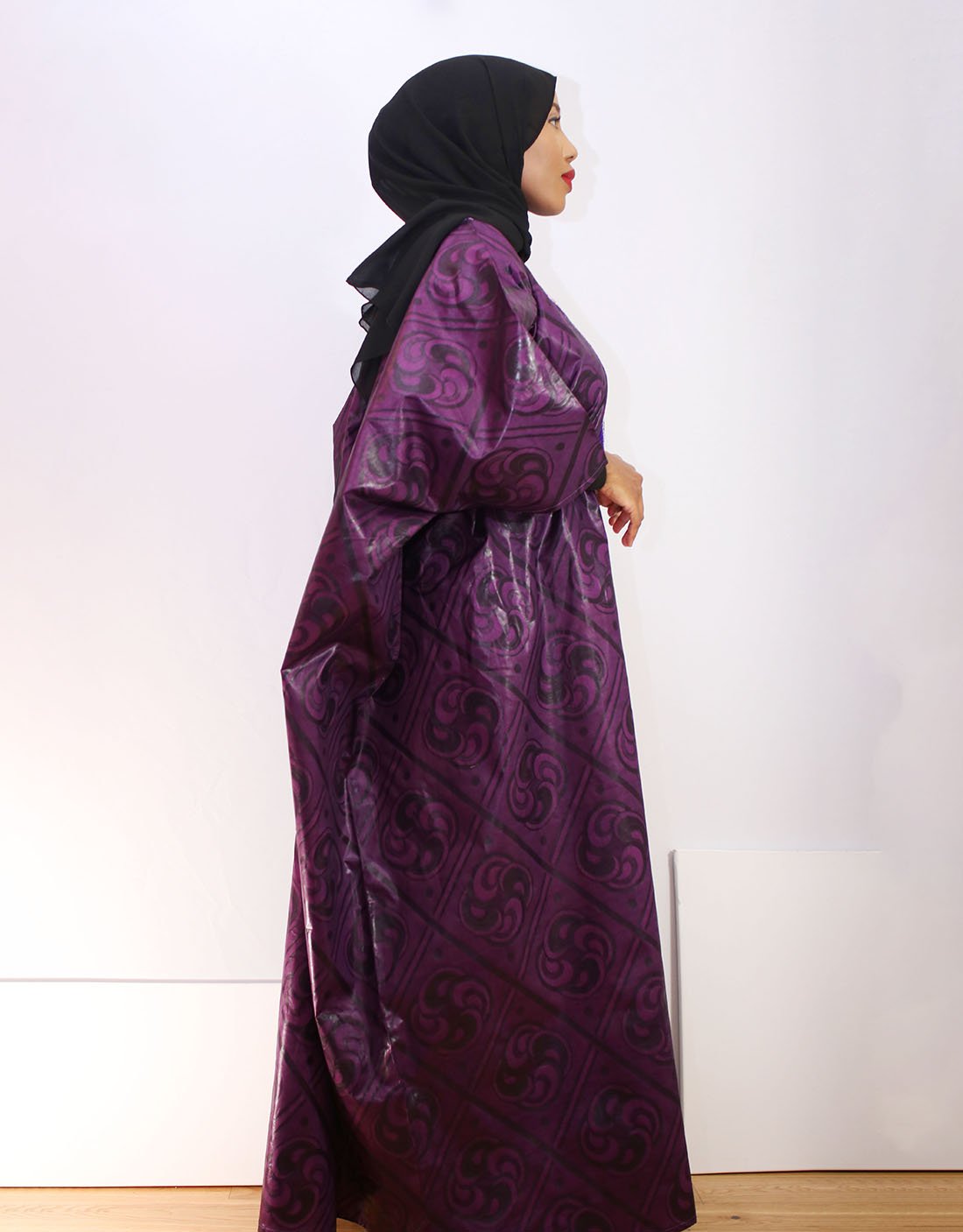
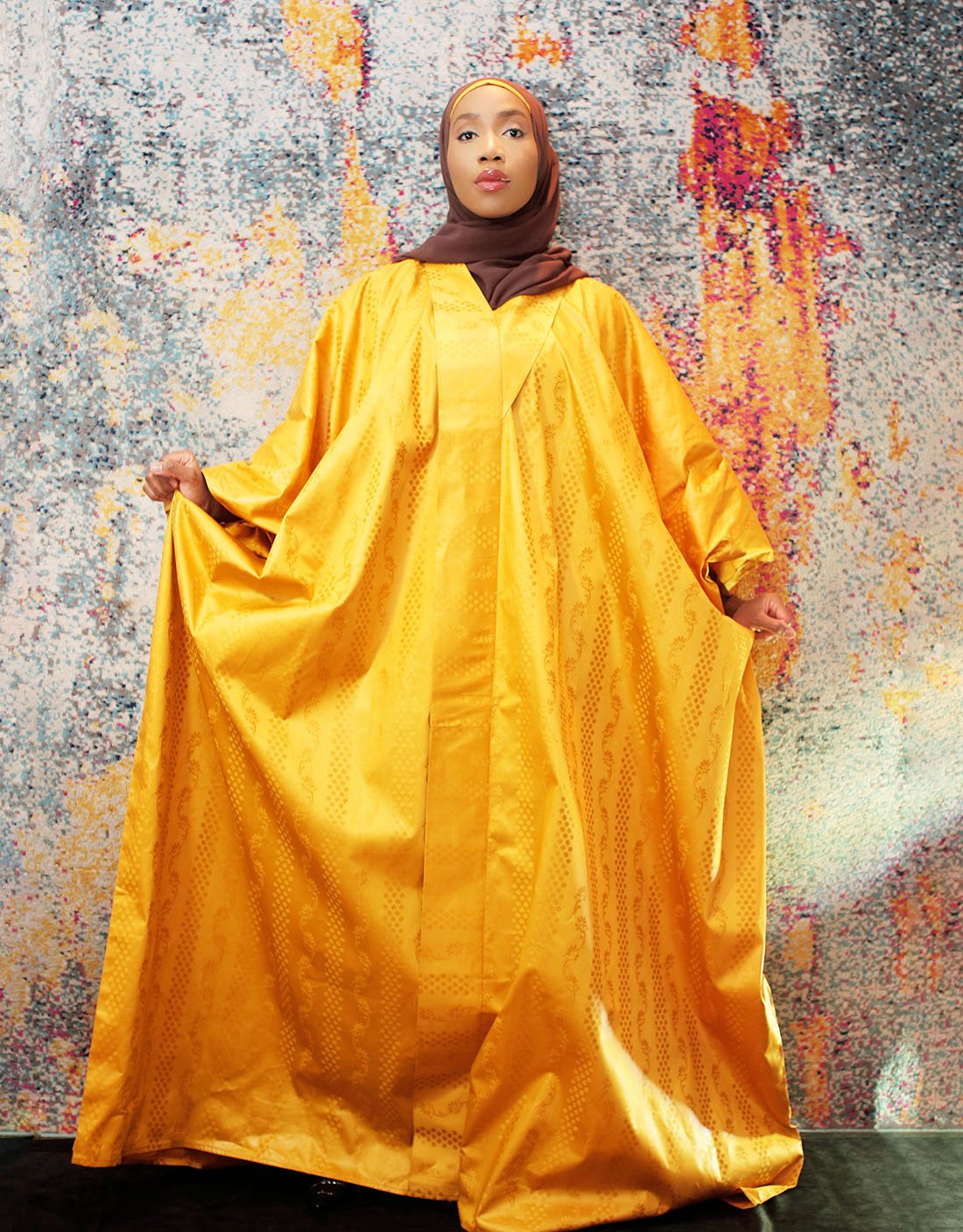
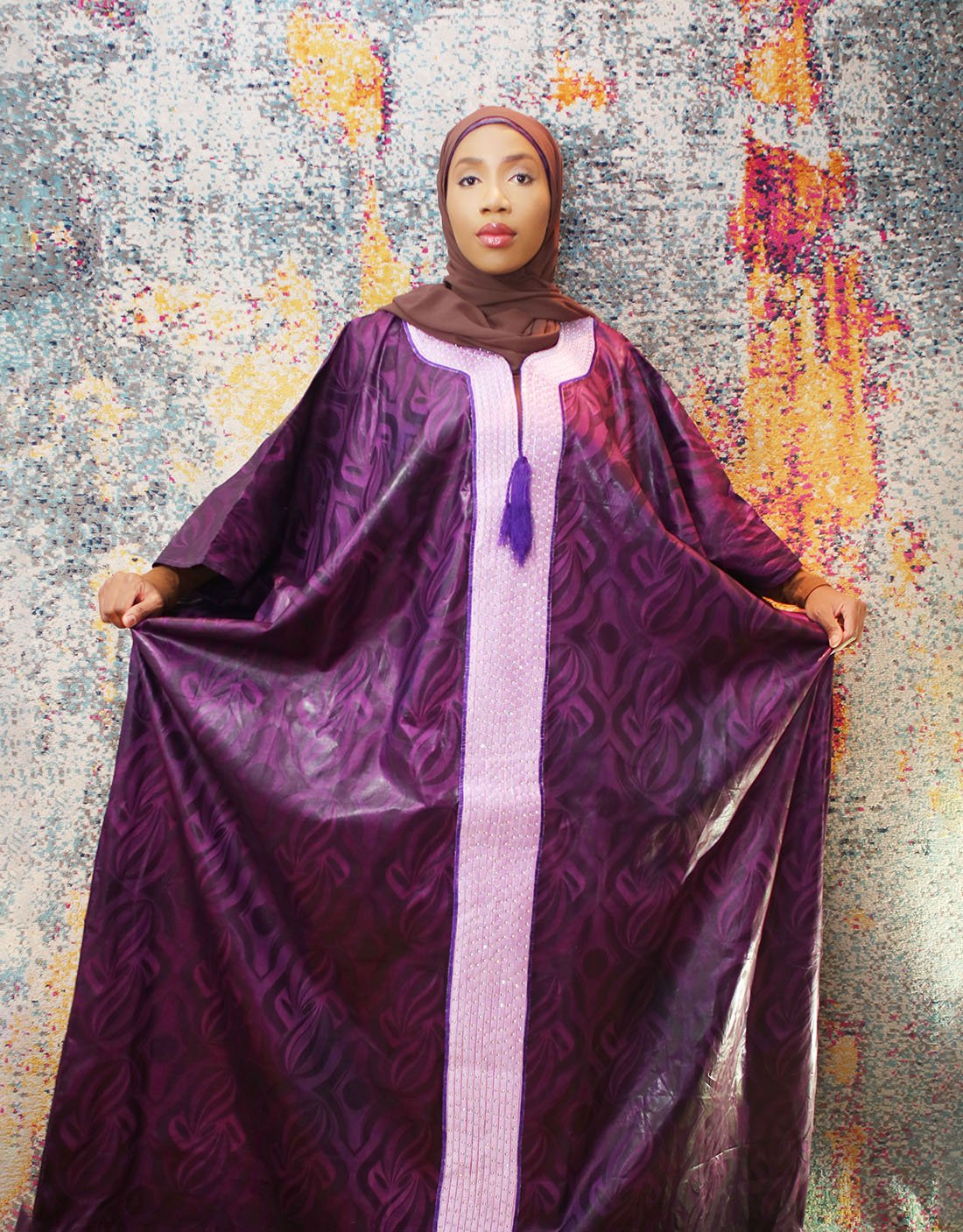
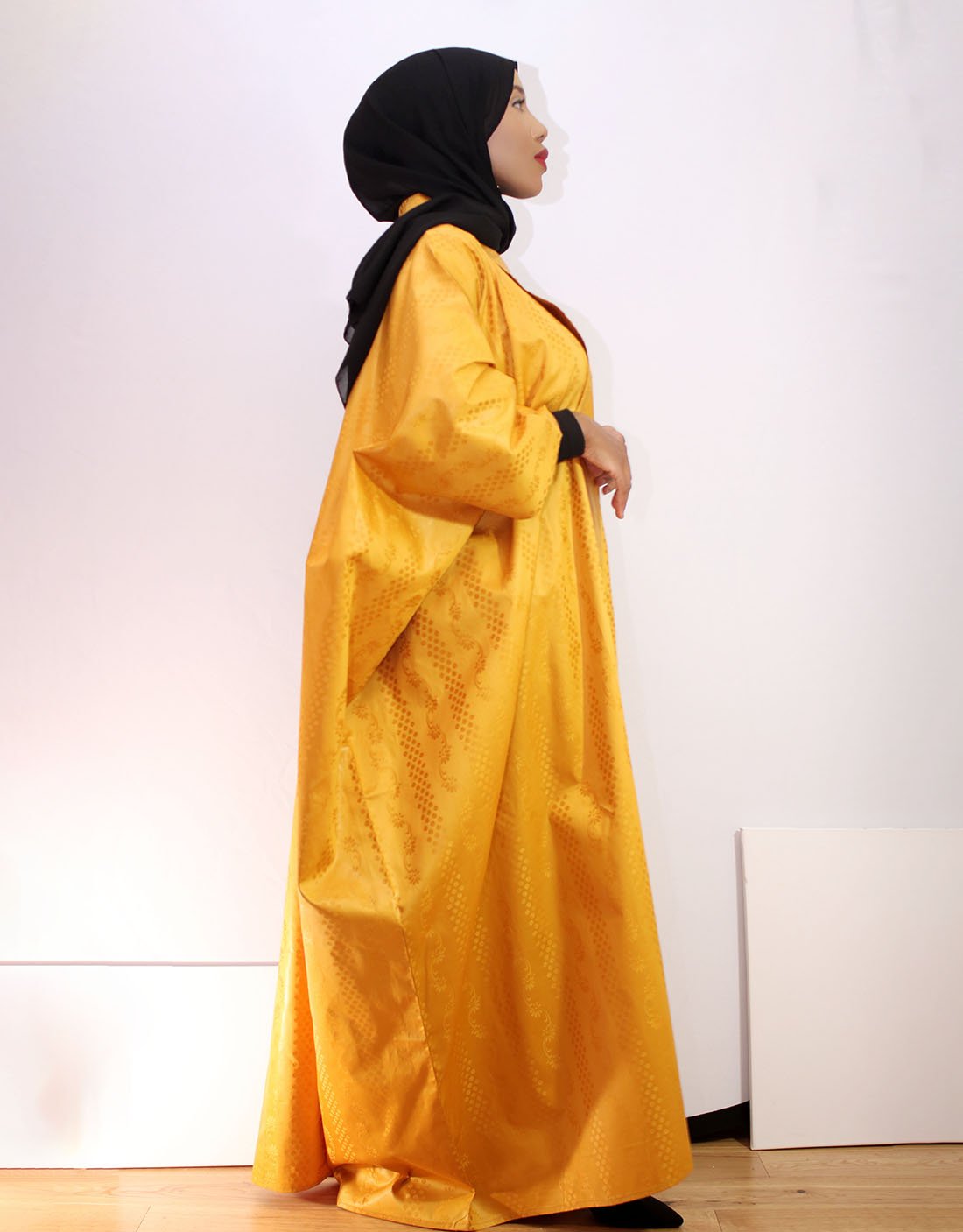
Origins and Cultural Significance
Bazin fabric, also known as “Shadda” and “African brocade” finds its roots in the West African region, particularly in countries like Mali, Guinea, Senegal, and Burkina Faso. Its origins can be traced back to the 19th century when European traders introduced wax printing techniques to Africa. The fabric quickly gained popularity among local communities due to its vibrant colors, intricate patterns, and exceptional durability.
Originally, Bazin fabric was made using traditional handwoven techniques. However, with the advent of industrialization, the production process underwent a significant transformation. Today, most Bazin fabrics are manufactured using machines, yet they still manage to preserve their distinct charm and appeal.
Characteristics and Manufacturing
Bazin fabric is typically made from 100% cotton, which ensures its softness, breathability, and comfort. The manufacturing process involves applying a layer of wax to the cotton fabric, followed by the application of various colored dyes in intricate patterns. Afterward, the fabric is boiled to remove the wax, leaving behind vibrant designs with sharp contrasts between the dyed and non-dyed areas.
One of the most prominent features of Bazin fabric is its unique crackling effect, which occurs due to the wax-resistant dyeing technique. This crackling effect enhances the fabric’s aesthetics and contributes to its distinctiveness.
Significance and Cultural Symbolism
Bazin fabric holds immense cultural significance in West African societies. It is deeply woven into the fabric of celebrations, ceremonies, and rites of passage. For many, owning and wearing Bazin fabric is a source of pride, representing cultural heritage, social status, and identity.
In various West African communities, Bazin fabric is often worn during weddings, funerals, naming ceremonies, and other significant events. The choice of fabric design, color, and style can convey messages about one’s social status, beliefs, or emotions. It is not uncommon to see families and groups wearing matching or coordinated Bazin outfits to signify unity and shared values.
Bazin in the Modern World
While Bazin fabric has deep roots in tradition, its appeal has transcended borders and continents, finding admirers worldwide. In recent years, the fabric has made its way into contemporary fashion, with designers incorporating Bazin elements into their collections. Its versatility allows it to be used in various clothing styles, including dresses, suits, skirts, and accessories, appealing to both traditionalists and fashion-forward individuals.
The increased global interest in sustainable and ethically-made fabrics has also boosted the popularity of Bazin. Its natural composition and production methods align well with the growing demand for eco-friendly and socially responsible textiles.
In conclusion, Bazin fabric is not just a piece of cloth; it carries with it the rich history, values, and stories of West African communities. Understanding its significance will help you appreciate the fabric even more and the people who have cherished it for generations.
Bazin fabric is more than just a fashion statement; it’s a living embodiment of art, culture, and heritage. Its journey from the traditional looms of West Africa to international runways showcases its timeless appeal and adaptability. So, next time you come across Bazin fabric, take a moment to admire its beauty and the stories it weaves within its vibrant patterns.

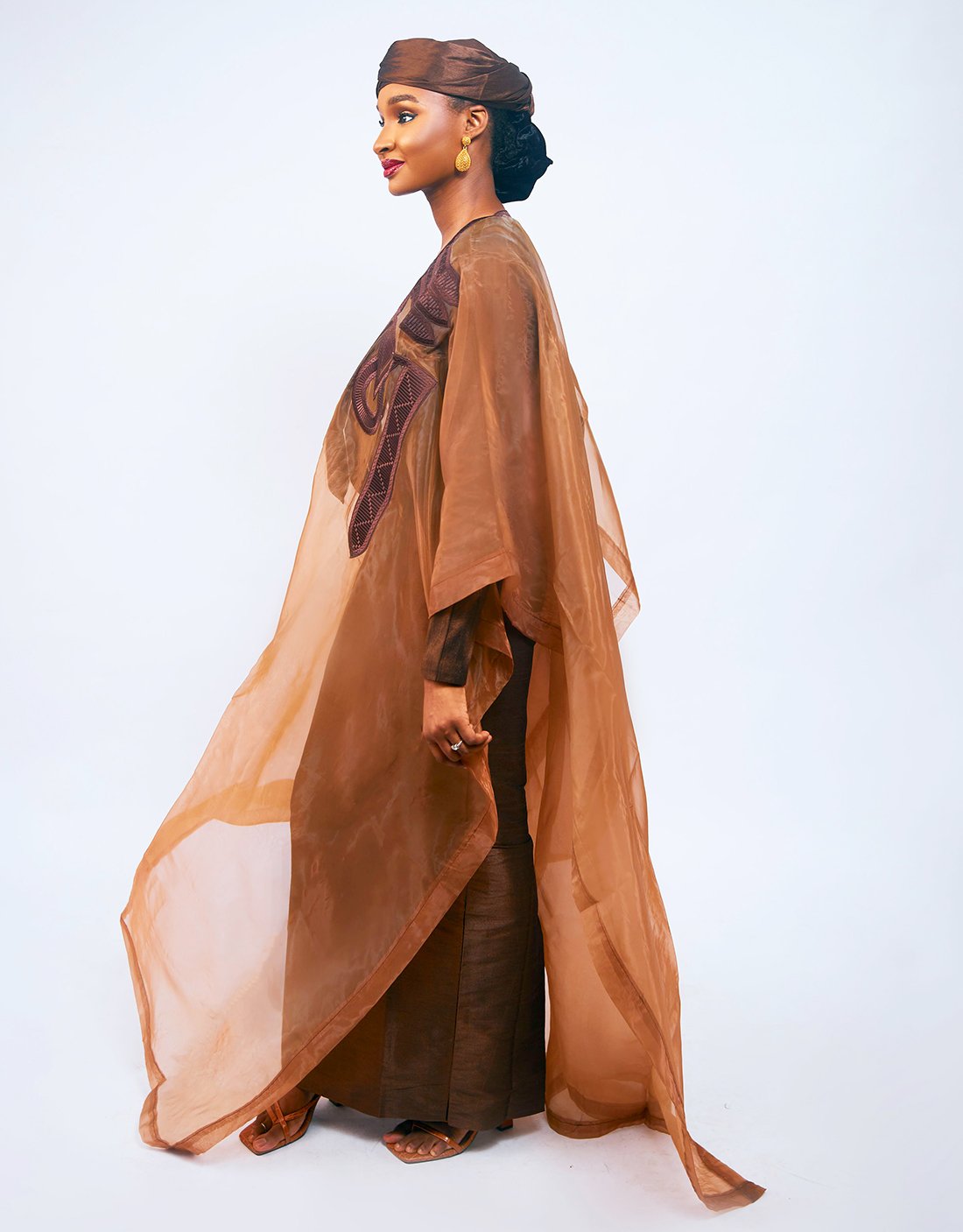











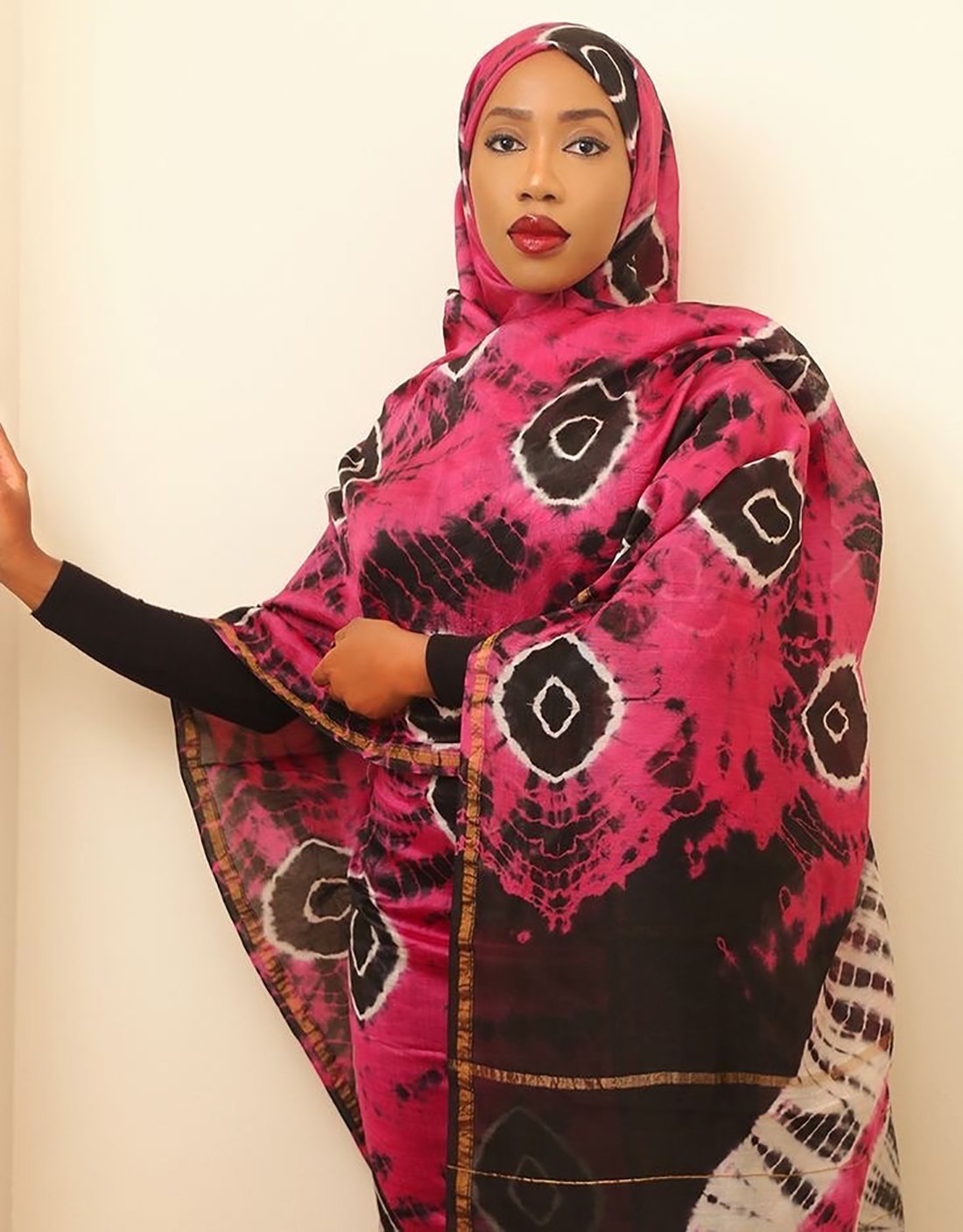
Leave a comment
Your email address will not be published. Required fields are marked *